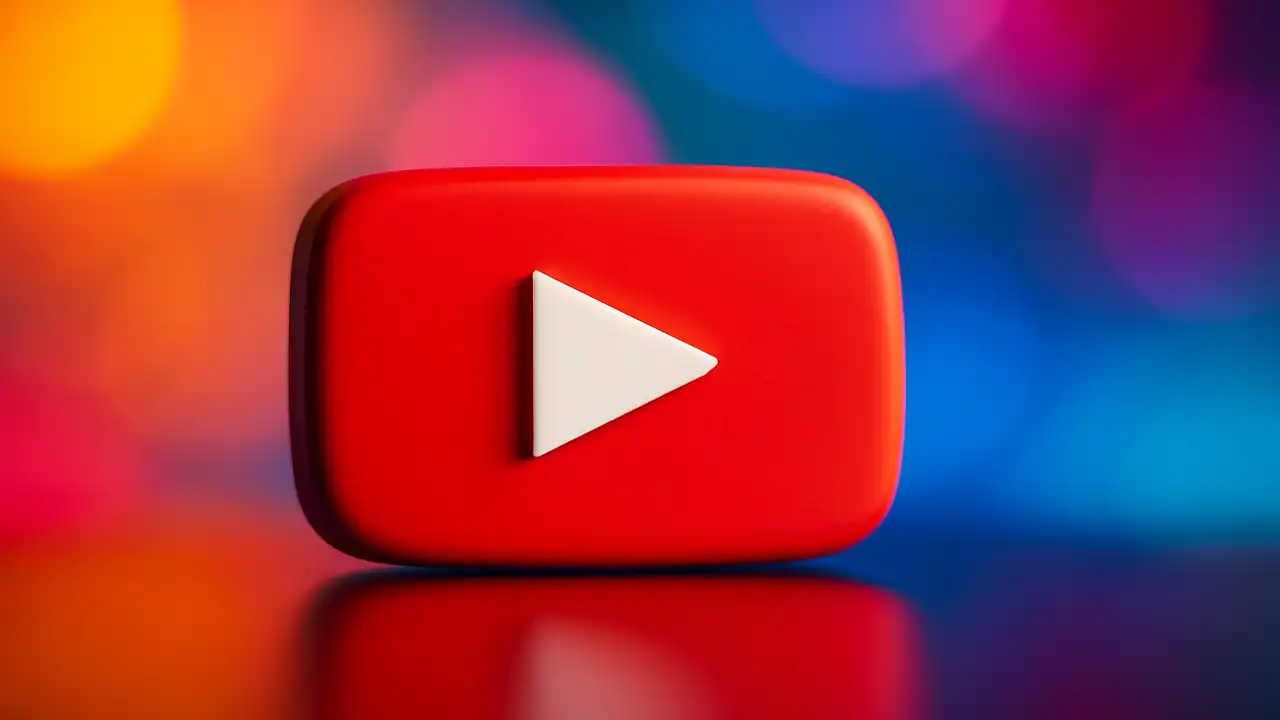Discover if YouTube tags still matter in 2025 and learn how to properly use them to boost SEO, improve discoverability, and grow your channel with strategic tagging techniques.
How to Use YouTube Tags in 2025: Boost Your Video SEO with Smart Tagging

Why YouTube Tags Still Matter in 2025
In today’s evolving world of video marketing, YouTube tags may seem like a forgotten relic of the past. But do they still hold any relevance in 2025? The answer isn’t a simple yes or no. While YouTube’s algorithm has shifted towards AI-driven content analysis, tags still play a significant role in video SEO—especially when used correctly.
Whether you're a content creator, a digital marketer, or a business owner, understanding the true function of YouTube tags is essential for optimizing your videos. This guide explores everything you need to know: from how tags work to best practices for applying them effectively.
Main keywords: YouTube tags, YouTube SEO, tag optimization for YouTube videos
Long-tail keywords: how to properly tag YouTube videos, do YouTube tags still matter, improve YouTube search rankings with tags
What Are YouTube Tags? An In-Depth Overview
YouTube tags are descriptive keywords you add to your video to help YouTube understand its content and context. Tags were initially introduced to improve search accuracy by helping the algorithm categorize and display relevant videos to users.
In the early days of YouTube, tags were a critical component of video SEO. Today, however, they’re just one of many ranking factors. According to YouTube itself, tags are now less important than titles, thumbnails, and descriptions—but they can still help correct common spelling errors and serve as contextual clues.
Why Tags Are Still Relevant
- SEO Signal for Video Context: Tags give YouTube additional context about your content.
- Misspelling Correction: Tags help YouTube recognize misspelled or alternate keyword variations.
- Aid for New Channels: New or small channels benefit more from using tags effectively.
- Supporting Metadata: When combined with a well-written description, tags enhance overall metadata.
Do Tags Still Matter for YouTube SEO in 2025?
Despite diminishing importance, tags still matter—when used strategically. In 2025, YouTube’s AI relies heavily on speech recognition, user behavior, and closed captions. However, tags still help in:
- Improving video discoverability
- Reinforcing keyword relevance
- Enhancing machine learning accuracy for niche content
While not as powerful as in previous years, tags serve as a supportive SEO tool, especially for new creators and less mainstream topics.
Practical Tips and Techniques for Tag Optimization
1. Use Relevant Keywords
Start with your primary keyword and follow it with long-tail variations. If your video is about "vegan recipes for beginners", use tags like:
- vegan recipes
- vegan cooking for beginners
- plant-based meals easy
- beginner vegan meals
2. Focus on Tag Relevance Over Quantity
YouTube allows up to 500 characters for tags, but using irrelevant keywords can hurt your video’s credibility. Choose tags that:
- Match your title and description
- Accurately reflect your video’s content
- Include synonyms and spelling variations
3. Research Competitor Tags
Tools like TubeBuddy, vidIQ, and Keyword Tool help reveal which tags your competitors are using. This allows you to:
- Identify trends
- Find niche keywords
- Understand what's working in your niche
4. Use Branded Tags
Include your channel name and unique branded terms. For example:
- [ChannelName]
- [ChannelName] vlogs
- [ChannelName] tutorials
Branded tags help YouTube group your content and increase session duration on your channel.
5. Group Tags by Intent
Use tags to cover various levels of search intent:
- Broad: e.g., “digital marketing”
- Specific: e.g., “YouTube tags for digital marketing 2025”
- Related topics: e.g., “YouTube SEO tips”, “video optimization guide”
YouTube SEO: Optimization Beyond Tags
1. Title and Description Optimization
Ensure your title includes your target keyword. For example:
- Bad: "How I Make Videos"
- Good: "How to Tag YouTube Videos Properly in 2025"
Your description should:
- Contain the main keyword within the first 25 words
- Be at least 250 words long
- Include links to related content
Best Practices for Video Thumbnail and Tag Synergy
A custom thumbnail with overlay text that includes your main keyword increases CTR (click-through rate). Make sure your thumbnail supports the context established by your tags.
Conclusion: Do Tags Still Matter? Yes—But Use Them Wisely
Tags may no longer be the most influential SEO factor, but they still contribute to a well-rounded optimization strategy. Used properly, tags can enhance your video’s discoverability and support other metadata elements.
Don’t ignore tags—use them smartly, pair them with strong content, and ensure all other SEO signals are aligned.
- Sharing this article with fellow creators
Ongoing Improvement and SEO Maintenance
Video SEO is dynamic. Regularly review and update your tags, titles, and descriptions:
- Use analytics tools to see which tags drive traffic
- Refresh outdated tags every 3–6 months
- Track competitors for evolving keyword trends